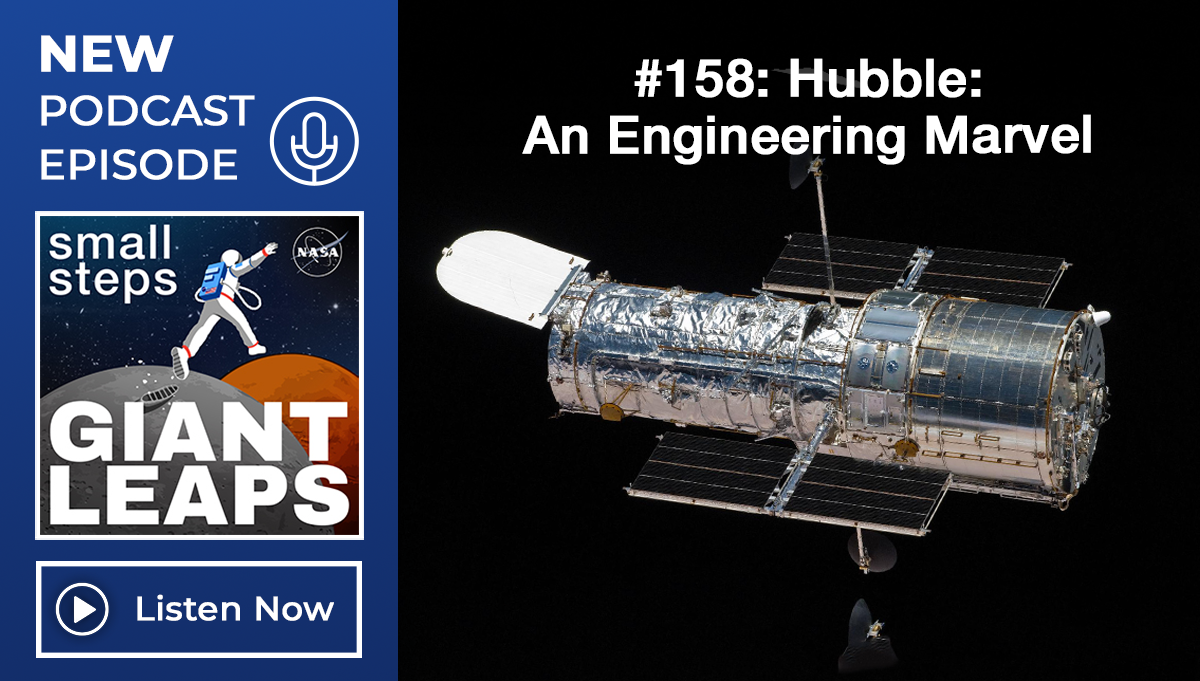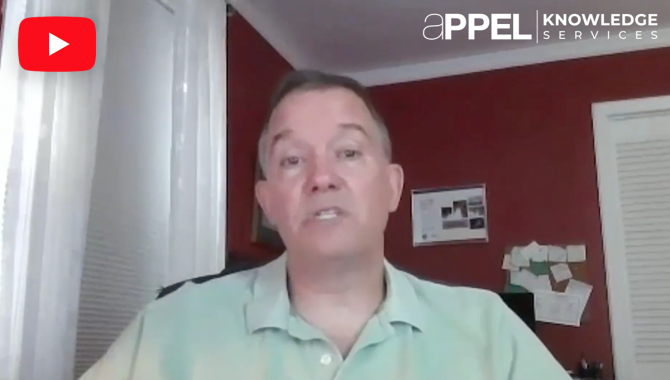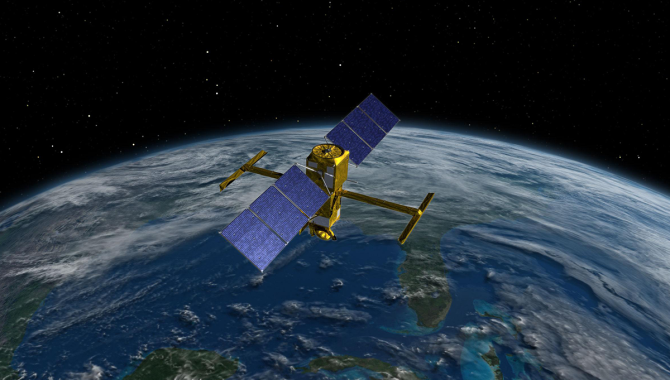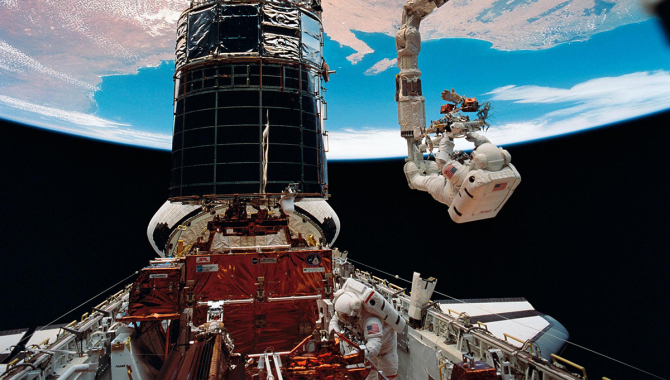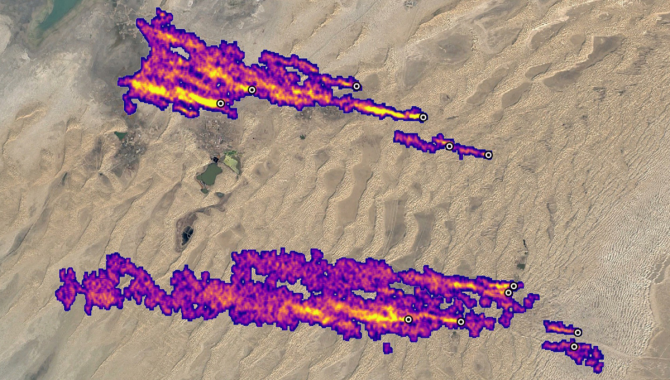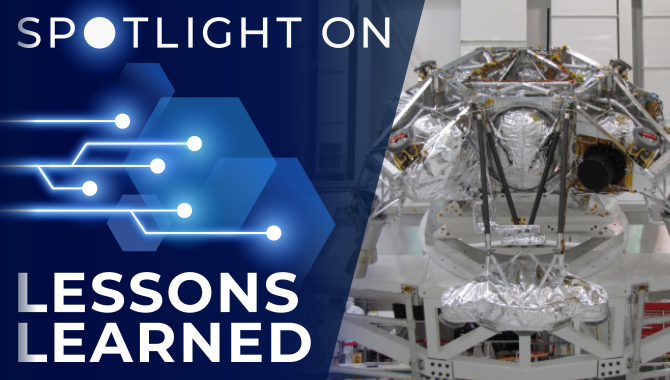
Spotlight on Lessons Learned: Conduct a Final Mechanical Walkdown Prior to Spacecraft Integration with the Launch Vehicle
Read More
Independent mechanical walkdowns of spacecraft are sometimes credited with discovering discrepancies that could have interfered with mission success.




